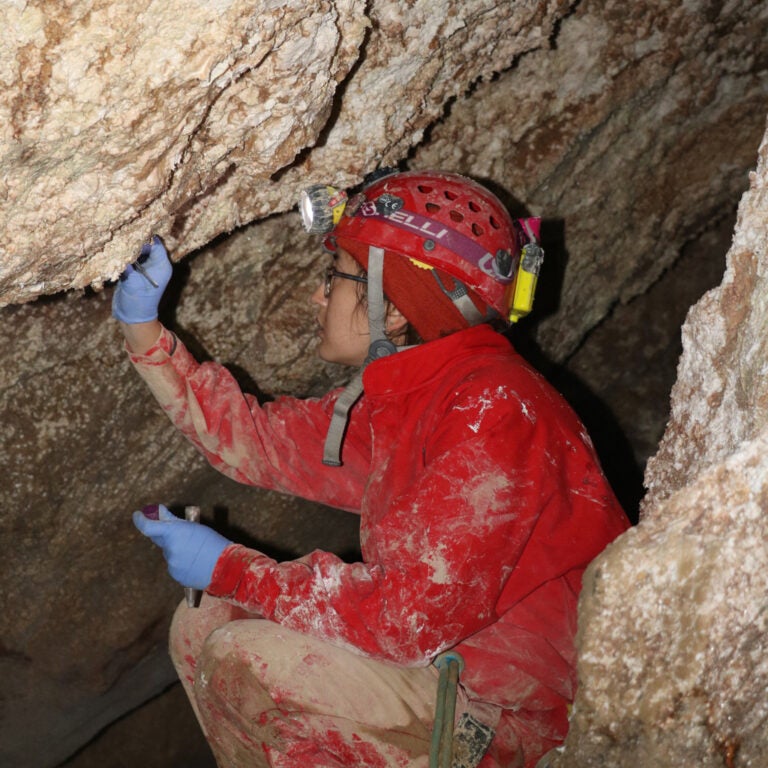Section 1: Adaptation, evolution, and population dynamics for marine animals
What are the physiological and genetic mechanisms that enable marine organisms to adapt to the dynamic and often extreme environments in the ocean? MEB faculty use a variety of genomic tools and rigorous experimental approaches to answer question such as this and to tease apart the “Nature” and “Nurture” components of evolution, adaptation, and persistence in temperate, polar, and deep sea environments.
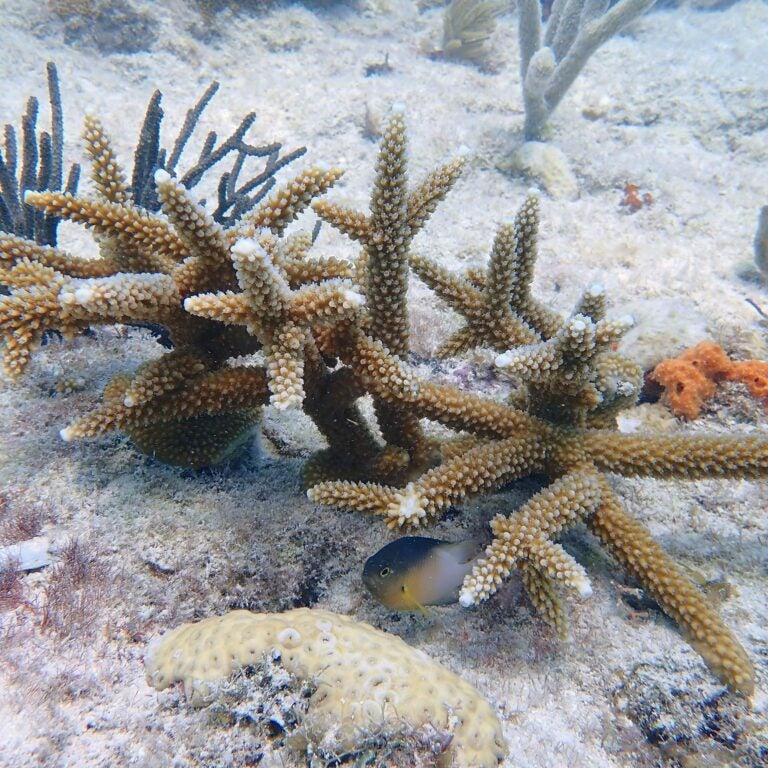
Section 2: Living marine resources
Seafood sustainability and security are fast becoming major environmental issues. Together with the Wrigley Institute for Environmental Studies, MEB faculty seek to promote science-based management and conservation of living marine, primarily through an appropriate mix of basic science, applied science and targeted environmental impact research. We address longstanding fundamental questions about the predictability of reproductive success for marine organisms with complex life cycles (the “Recruitment Problem”) and work to enhance the quality, sustainability, and economic efficiency of aquaculture through interdisciplinary work on genetics, physiology, and ecological modeling.
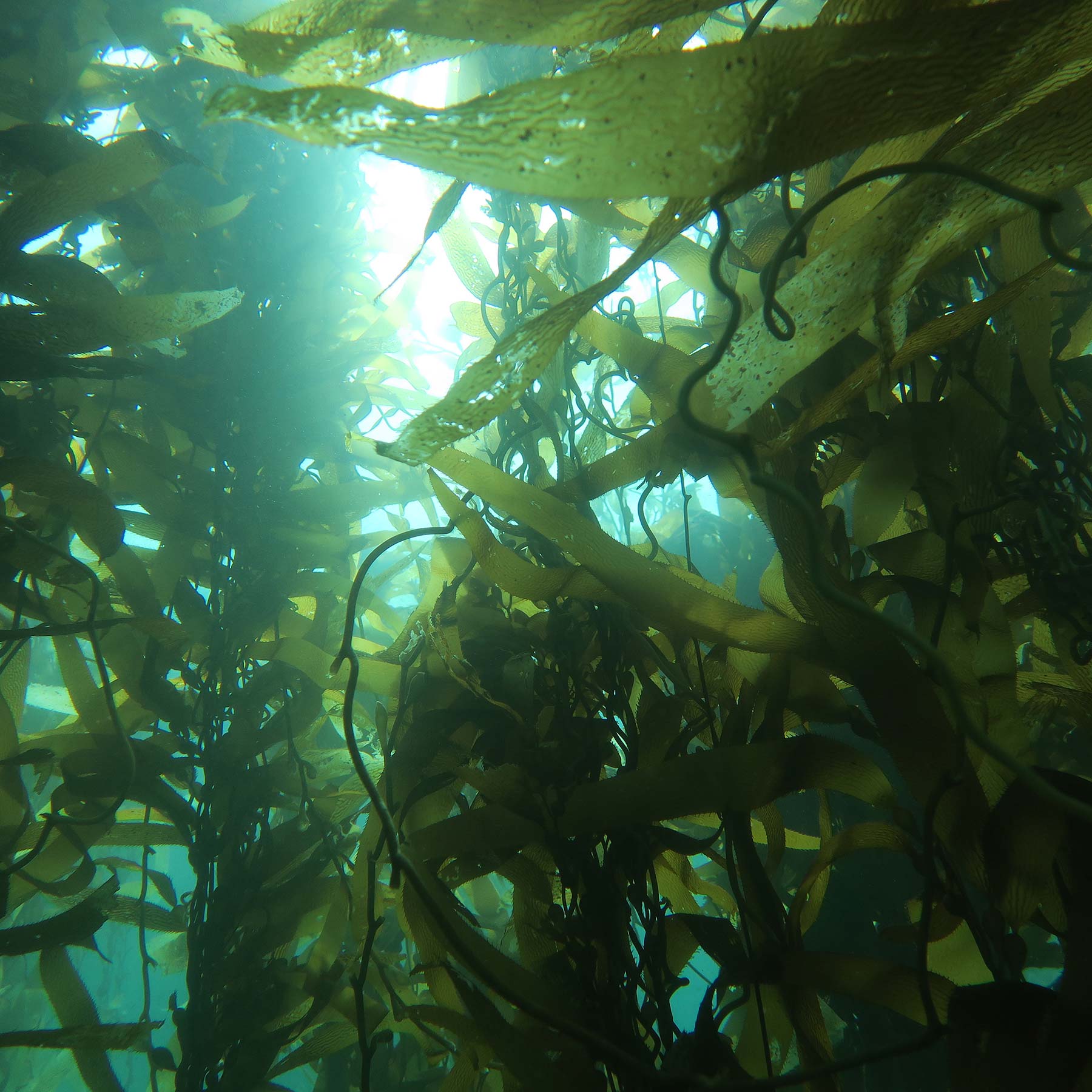
Section 3: Marine microbiology
Marine microbes (viruses, prokaryotes, and protists), though too small to be seen with the unaided eye, comprise the bulk of life in the sea and play significant roles in the cycling of nutrients, minerals, and energy in the ocean. Marine microbes also have great significance for human health and the quality of coastal environments. MEB faculty develop and use a variety of tools and approaches to understand microbial diversity, abundance, and population dynamics as well as the role of microbes in marine ecosystems from the poles to the tropics and from the benthos to the plankton.
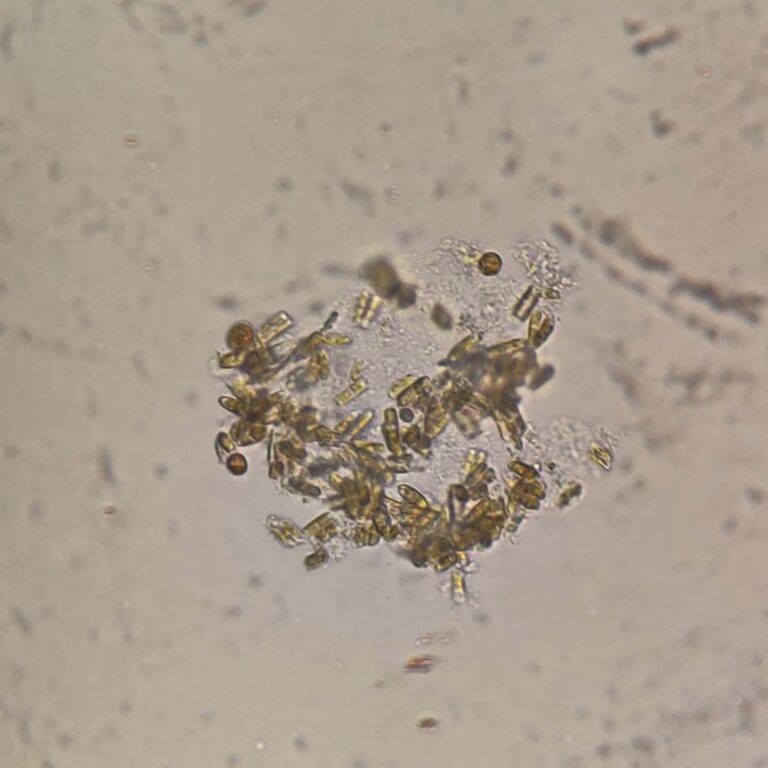
Section 4: Global biogeochemical cycles
The natural cycling of elements, such as nitrogen and carbon, and trace minerals is of critical interest in the debate over global warming and climate change. Learning about the ability of bacteria to promote the absorption of greenhouse gases may shed light on how the oceans might buffer the effects of pollution. MEB faculty, in conjunction with faculty in the Geobiology Program and the Department of Earth Sciences, research the role and importance of marine bacteria in biogeochemical cycles, as well as the response of bacterial populations to various environmental perturbations.
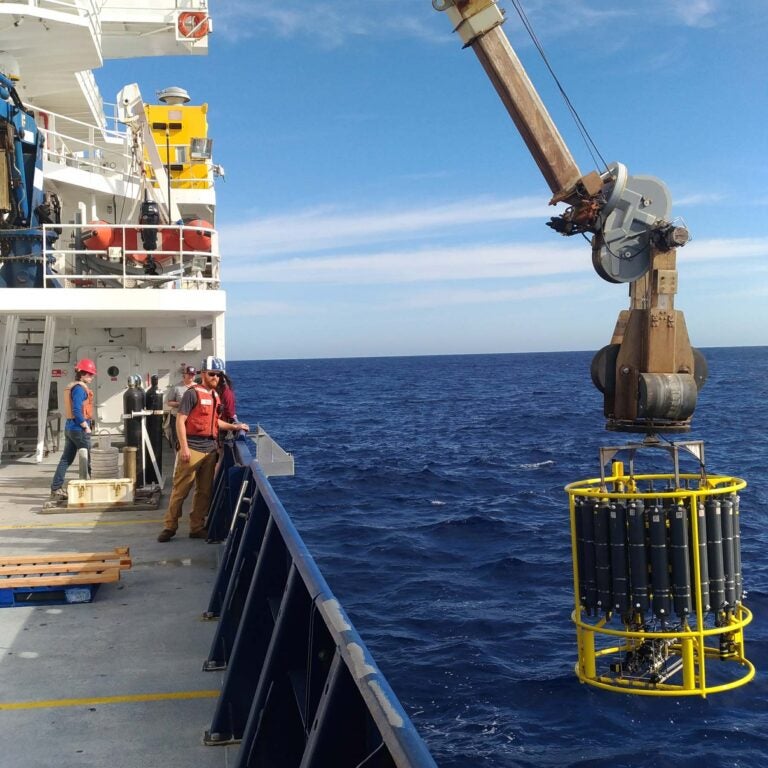
Section 5: Coastal water quality
The majority of people live near an ocean coast and are impacted by the quality of coastal waters. Nowhere is this more apparent than in the Los Angeles basin, where 17 million people depend on the Southern California Bight for a variety of goods and services, ranging from recreation to waste disposal, and thus face a variety of environmental quality issues and potential human health hazards. MEB researchers address issues in coastal water quality in an interdisciplinary fashion, using the methods of physical and biological oceanography, remote sensing, microbial ecology, molecular ecology, and environmental genomics.
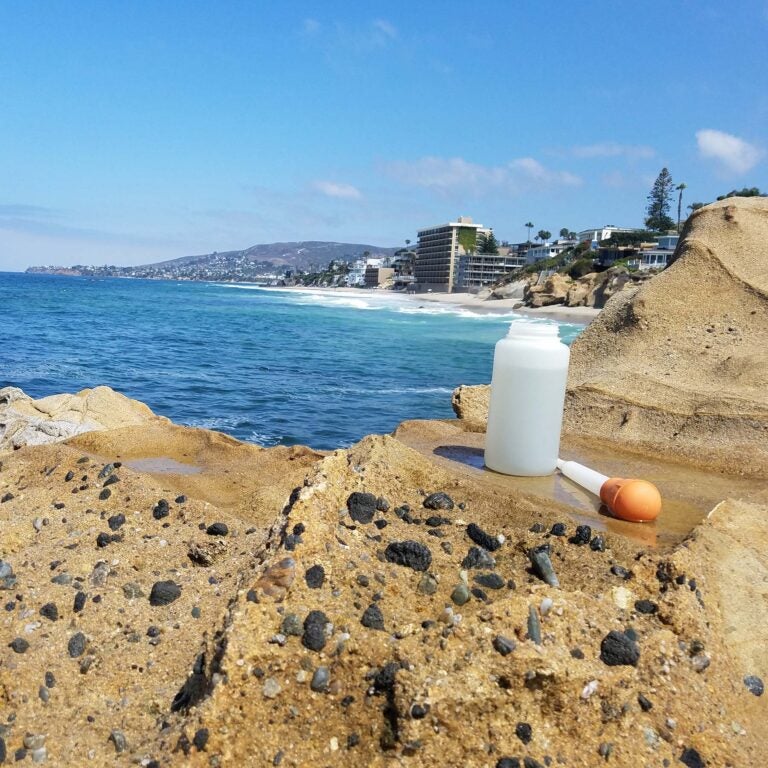
Section 6: Marine environmental genomics
Whole genome sequencing and metagenomic analysis of microbes in marine environments have revolutionized the study of marine ecosystems. MEB faculty use genomic tools to explore the ecology and dynamics of a wide range of microbially dominated ecosystems. Microbes control most of the cycling of elements on the planet and comprise biofilms, which are important in many practical settings, such as tooth decay and material corrosion. Genomic approaches reveal what microbes are present in these complex ecosystems, what they are capable of doing, and what part of their potential metabolic machinery is active in the ecosystem.
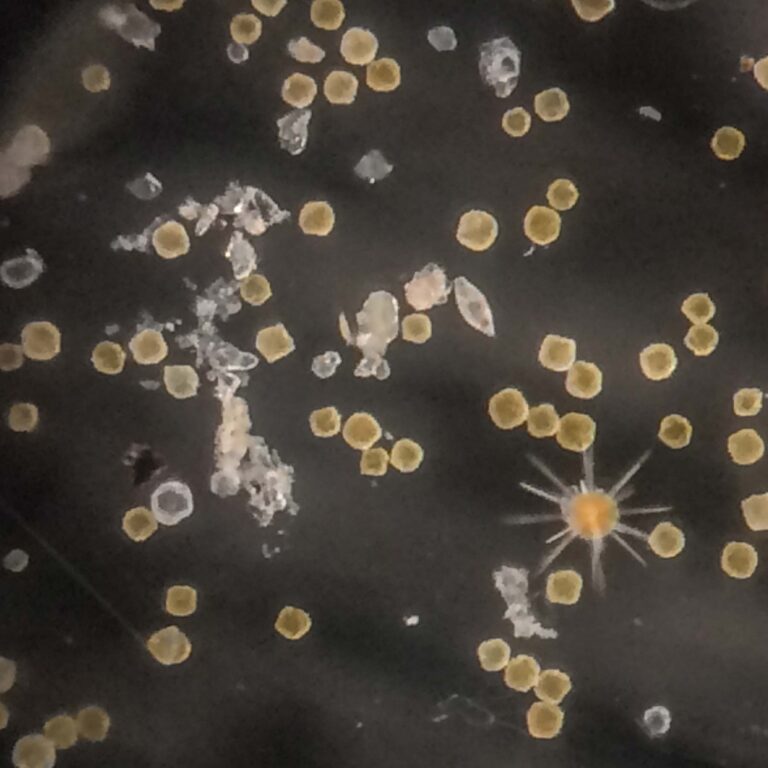
Section 7: Geobiology
A number of MEB faculty investigate questions in the field of geobiology, a term that describes the broad mix of science at the interface between the life and earth sciences.
